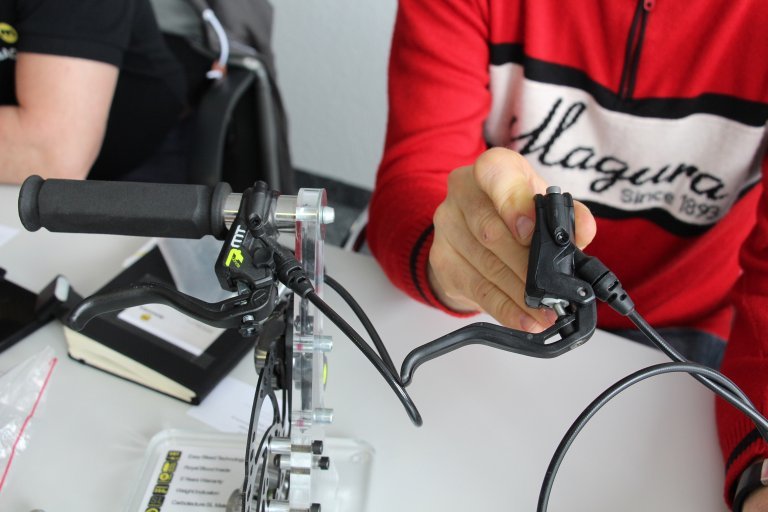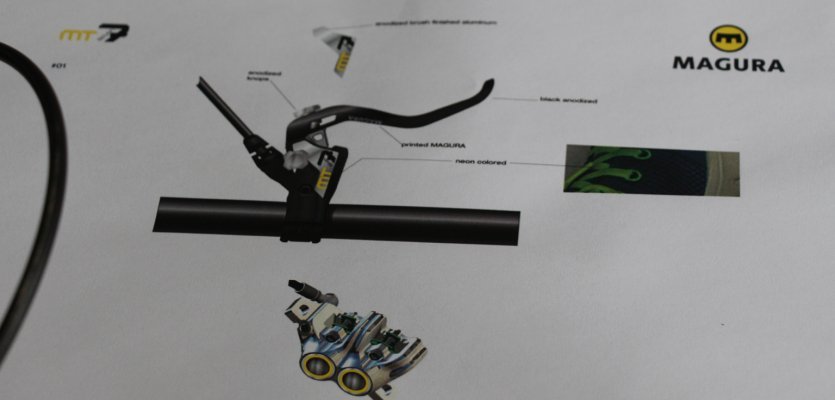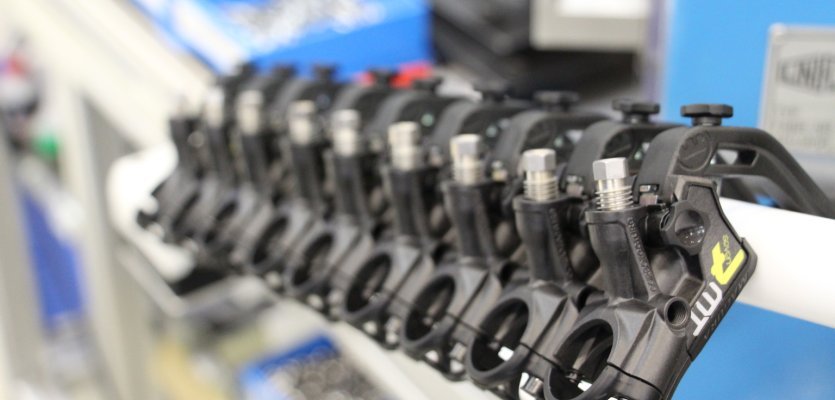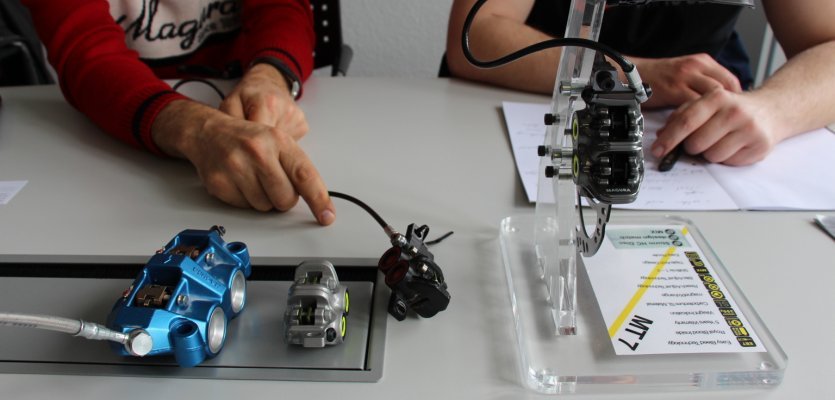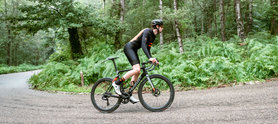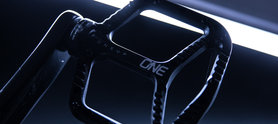
Magura MT7 - Made in Germany
Our visit at Magura reveals that Made in Germany is so much more than just brakes. It’s a philosophy involving custom-made machines, know-how and values.
Magura’s first breakthrough came with the HS22 Raceline rim brake. Fluorescent yellow, these brakes were truly an eye catching innovation at the time and they can still be see on some bikes today. Now, the HS33 is the trusted brake that brings many a City & Touring bike to a safe stop. In 2015, Magura launched the MT7 and introduced innovation to the bicycle brake market once again. It looks like history is repeating itself.
From Gocart to bike
Magura has over 20 years of experience manufacturing disc brakes. In the beginning, the pistons for bicycle disc brakes came from a Mercedes. These pistons were then machined down to the size that would fit in the bicycle brake calliper. The Magura’s product developers have seen many types of brakes in the last two decades. Based on this experience, the development of the MT-series began. The overall construction of the MT-series calliper comes from Gocart and Supermoto brakes.
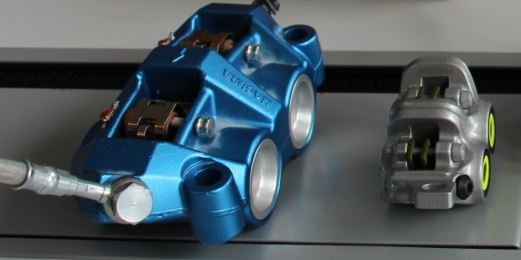
...
Of course, the bicycle brakes had to be smaller and more lightweight. To get an idea of what size the brakes need to be, a form was 3D-printed (STL-Sterolithography). However, just miniaturizing a brake and mounting it on a bike is not Magura’s style. Instead, they developed a new composite material that is reinforced with carbon fibre. The result: Carbotecture SL. With an extremely low weight (1.4 g/cm³ vs. 2.7 g/cm³ for aluminium), this material attains a tensile strength that lies between that of aluminium and steel. That translates to Carbotecture SL having double the power vs. weight ratio as aluminium while also being very impact resistant. These characteristics are perfect for brake lever construction.
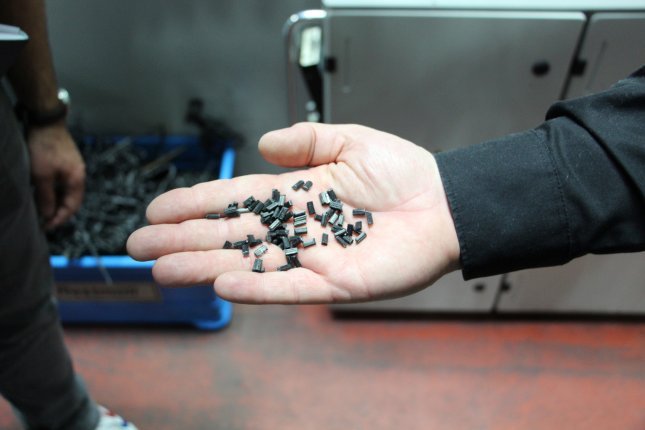
...
Because of the low weight of the Carbotecture brake lever, the developers could increase the wall thickness of the calliper without increasing overall weight. That has a few advantages: the brake calliper is stiffer and can transfer more braking power and it can dissipate more heat.
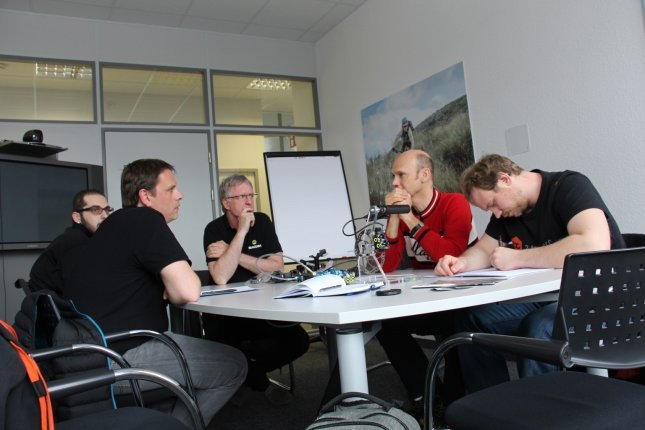
...
Here, Magura’s heat management concept comes into play. In theory, Magura disc brakes’ heat should stay in the rotor. Organic brake pads help with this approach because they are very bad at transferring heat, preventing the piston from overheating. The piston insolates the remaining heat from the brake pads and the calliper body takes over and cools the rest. Magura’s heat management concept has produced a very stable brake that does not suffer from fading or a varying contact point on long descents.
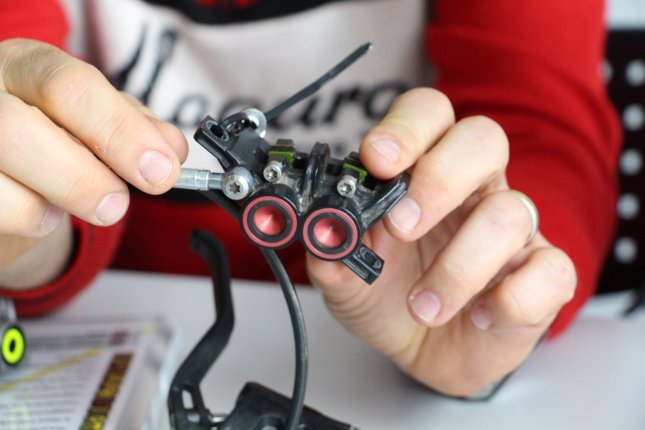
...
Two more advantages of the heat management system come from the 4 brake pads. Between the two sets of pads there is a small space that is perfect for cooling the rotor while braking. The smaller brake pad carrier plates also dissipate heat much faster than pads with larger carrier plates. This all adds up to a very steadfast brake.
The contact point
The MT7’s contact point was chosen so that it has a certain amount of free travel before the brake engages. The free travel helps the brain perceive the contact point and it helps with modulation. The rider’s brain remembers the amount of free travel as well as the pressure from the brake lever. These two values make it easier for the pilot to automatically recognize how and when to use the brake.
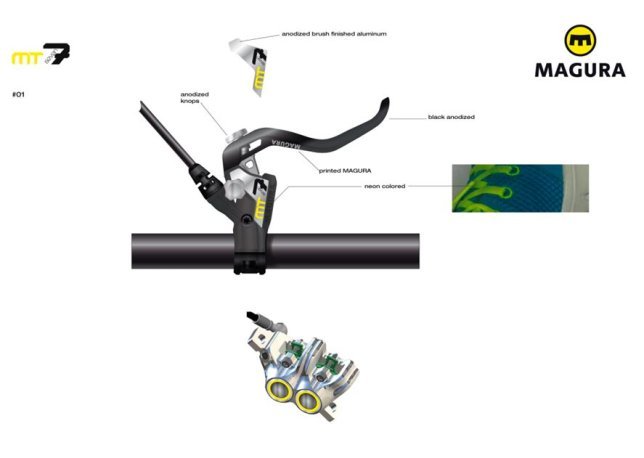
...
The contact point is roughly aligned with the levers pivot point to ensure the optimal power transfer when pulling the brake. Compared to earlier models the pivot point is set 20 mm behind where it was before. This allows a wide and even amount of modulation. This feature is especially helpful on long descents and when fatigued hands are an issue.
Magura - Made in Germany
In Bad Urach, close to Stuttgart in southern Germany, the MT6, 7, 8 and the HS-series are manufactured. Everything from the injection moulded parts to the final brake assembly is truly “Made in Germany.” Magura is more than just a brake manufacturer. They are also an engineering company that produces many things, including tools. All of the machines that have to do with production are built in-house taking the “Made in Germany” motto a step further.
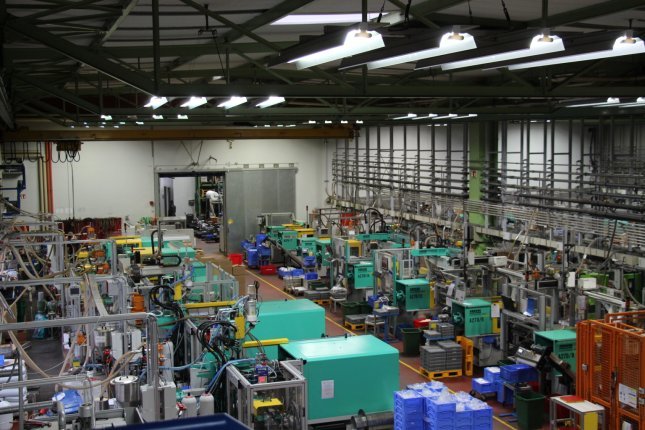
...
The individual parts of the brakes are injection moulded in Hülben, close to Bad Urach. Granular sized composites and synthetic materials are pressed into the mould.
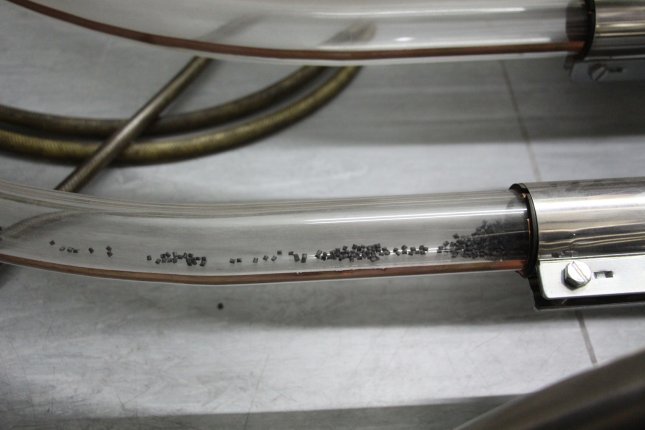
...
After the injection moulding, the finished pieces are ready to be assembled and mounted to a bicycle. Interestingly, the threads on the brake lever bodies do not need to be re-cut because the injection moulding process is so precise.
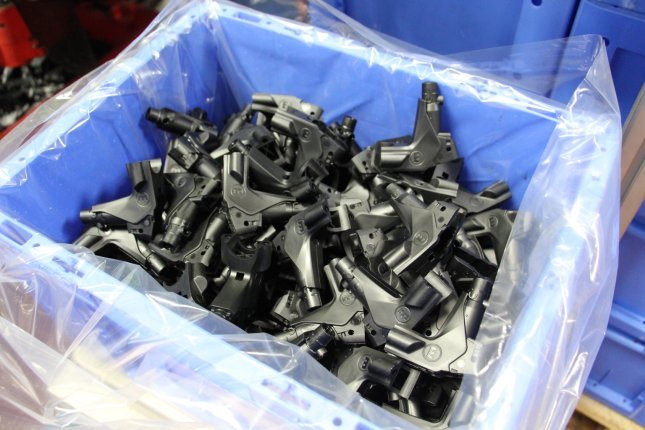
...
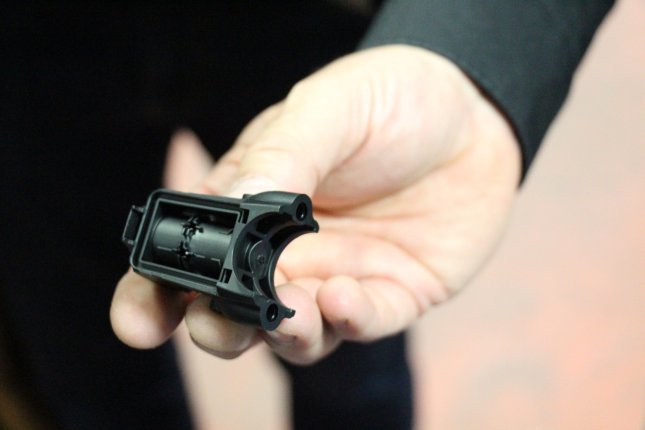
...
At the assembly factory the brakes are put together. Magura believes in cleanliness and keeps the entire building pressurized to prevent dirt or dust from entering.
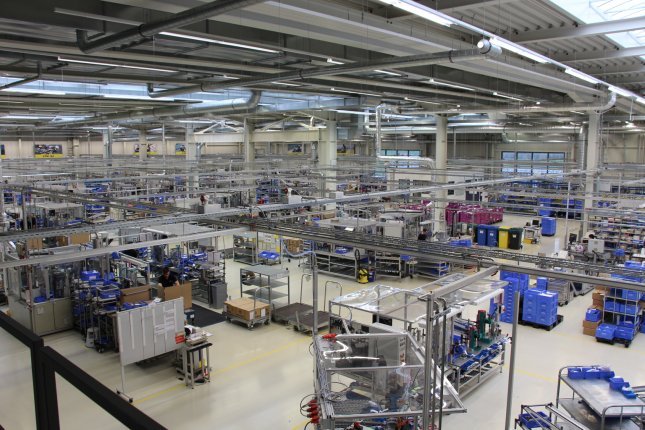
...
The assembly line for the MT7. The brakes are assembled and bled here so that they can be sent out and mounted directly. Only brakes that pass the quality control are stamped with a serial number.
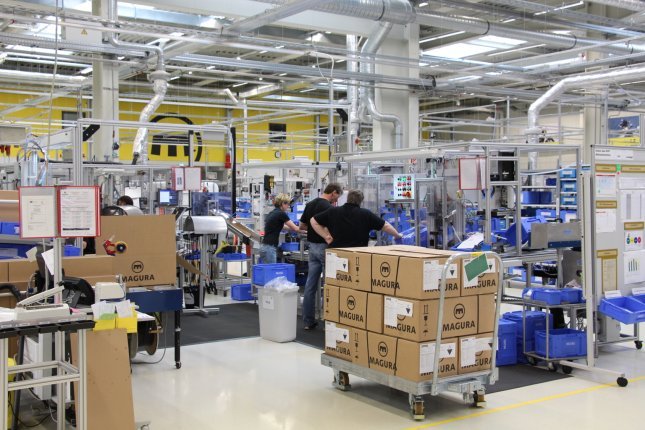
...
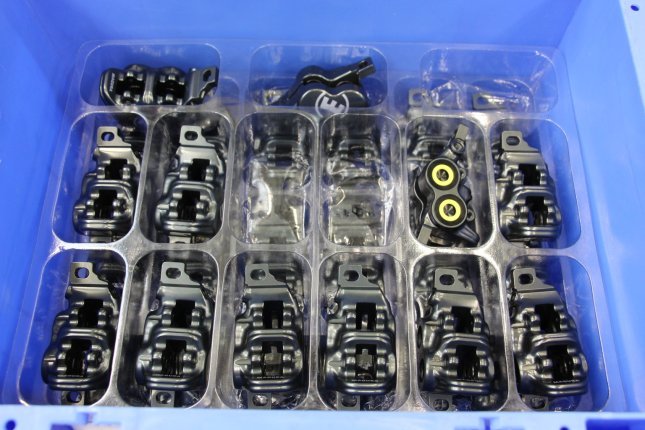
...
Finished MT7 brake callipers ready for use.
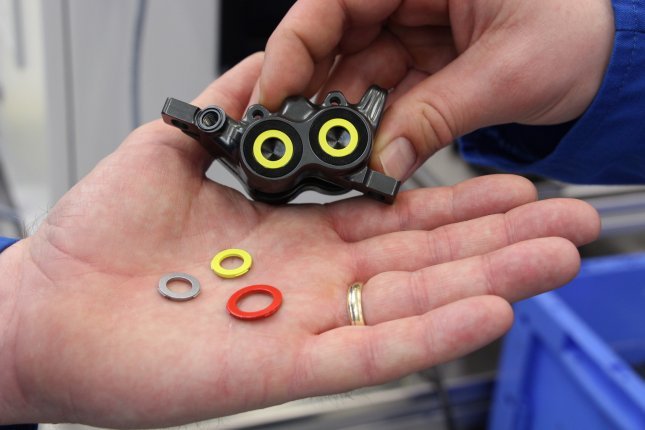
...
Theoretically, every colour is a possibility. Maybe bc orange?
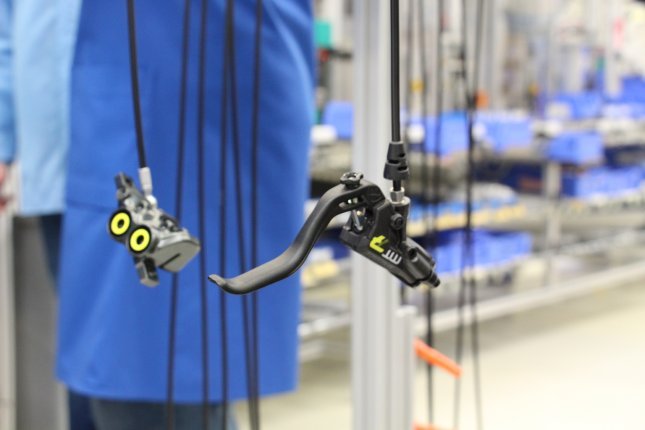
...
Now they are officially a couple. At this part of the assembly process, a hose is used to connect the calliper and the brake lever to complete the brake.
A thank you
Now we would like to thank Magura for the very interesting and enjoyable day. Thank you for your time and the exclusive look behind the scenes of the MT7 and how it is built.
How about: We had a very interesting, fascinating and enjoyable day at Magura’s headquarters in Bad Urach. Thank you for your time and the exclusive look behind the scenes of the MT7 and how it is built. A special thanks to Udo Nitsche, Martin Terweiden, Detlef Glaser, Manuel Lamperter, Daniel Schumacher and Stefan Pahl.
And a special thanks to Udo Nitsche, Martin Terweiden, Detlef Glaser, Manuel Lamperter, Daniel Schumacher and Stefan Pahl.

